
Alien 8 is an action-adventure video game developed and published by Ultimate Play the Game. It was released for the ZX Spectrum, BBC Micro, Amstrad CPC and MSX in 1985. The game is a spiritual successor to the best-selling Knight Lore, which was lauded by critics for its isometric graphics. In the game, the player takes control of a robot, Alien 8, whose job is to ensure that all of the cryogenically frozen passengers on board a starship remain viable during the ship's voyage.

Lenslok is a copy protection mechanism found in some computer games and other software on the Atari 8-bit computers, Commodore 64, ZX Spectrum, Sinclair QL, MSX and Amstrad CPC. It was created by John Frost, an inventor and electronics consultant, and marketed by ASAP Developments, a subsidiary of J Rothschild Holdings. The first game to use it was Elite for the ZX Spectrum.

Jet Set Willy II: The Final Frontier is a platform game released 1985 by Software Projects as the Amstrad CPC port of Jet Set Willy. It was then rebranded as the sequel and ported to other home computers. Jet Set Willy II was developed by Derrick P. Rowson and Steve Wetherill rather than Jet Set Willy programmer Matthew Smith and is an expansion of the original game, rather than an entirely new one.
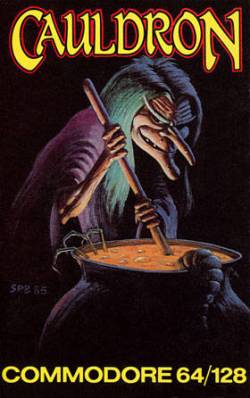
Cauldron is a video game developed and published by British developer Palace Software in 1985 for the ZX Spectrum, Commodore 64, and Amstrad CPC home computers. It contains both platform game and horizontally scrolling shooter sections. Players control a witch who aims to become the "Witch Queen" by defeating an enemy called the "Pumpking".
Mirrorsoft was a British video game publisher founded by Jim Mackonochie as a division of Mirror Group Newspapers. The company was active between 1983 and 1991, and shut down completely in early 1992.

Bug-Byte Software Ltd. was a video game company founded in 1980 in Liverpool, initially producing software for the Acorn Atom and ZX80. Bug-Byte's first hit was Don Priestley's Mazogs which was one of the most successful titles for the ZX81. In 1983, it published Manic Miner, considered to be one of the most influential platform games of all time. The company went into liquidation in 1985 but their name and logo were purchased by Argus Press PLC for use as a budget software label.
Quicksilva was a British games software publisher active during the early 1980s.

Kong Strikes Back! is a 1984 platform video game published by Ocean Software in 1984 for the Amstrad CPC, Commodore 64 and ZX Spectrum. While its predecessor, Kong, is a Donkey Kong clone, Kong Strikes Back! is a clone of Mr. Do's Wild Ride with Donkey Kong-inspired graphics.

Batman is a 1986 isometric action-adventure game by Ocean Software for the Amstrad PCW, Amstrad CPC, ZX Spectrum, and MSX, and the first Batman game developed. The game received favourable reviews. An unrelated Batman game was released two years later, titled Batman: The Caped Crusader.

Daley Thompson's Decathlon is an Olympic-themed sports video game developed and released by Ocean Software in 1984. It was released in the wake of Daley Thompson's popularity following his gold medals in the decathlon at the 1980 and 1984 Olympic Games. The game is a licensed adaptation of Konami's 1983 arcade game Track & Field.
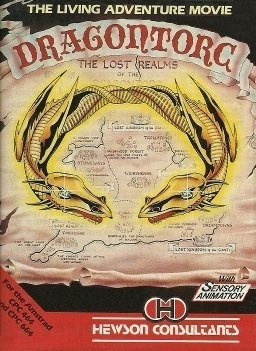
Dragontorc is an action-adventure game developed by Steve Turner's Graftgold and released for the Amstrad CPC and ZX Spectrum by Hewson Consultants in 1985. It is a sequel to 1984's Avalon The 3D Adventure Movie. The hero of Avalon, Maroc the Mage, returns to defeat an evil witch and save Britain. The game was very well received by critics.
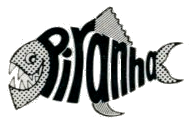
Piranha Software was a short-lived video game publishing label created by Macmillan Publishers in 1986 and closed eighteen months later. In that time it gained a reputation for its unusual output from well known developers such as Don Priestley, Design Design and Delta 4. The majority of their games featured licensed properties including the first video game based on the Discworld novels and two games based on the animated television series The Trap Door.

Swords and Sorcery is a fantasy role playing video game developed and published by Personal Software Services. It was released exclusively in the United Kingdom for the ZX Spectrum in 1985 and the Amstrad CPC in 1986. The game contains elements of dungeon crawling and revolves around a customisable player-character navigating through catacombs in order to secure a large wealth of treasure, whilst simultaneously collecting seven pieces of sacred armour.

Ace is a combat flight simulator video game published for the Commodore 64, VIC-20, and Plus/4 in 1985 by Cascade Games. It was ported to the Amstrad CPC, Amstrad PCW, Amiga, and ZX Spectrum.

Friday the 13th: The Computer Game is the first game adaptation based on the films of the same name. It was released in 1986 by Domark for the Amstrad CPC, Commodore 64, and ZX Spectrum. The game was released on floppy diskette and cassette tape. The player's goal is to find and kill Jason, while making sure their friends or they themselves are not killed by Jason.
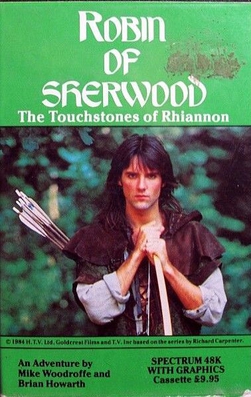
Robin of Sherwood: The Touchstones of Rhiannon is a 1985 video game by Adventure International, created as a TV tie-in to the television series Robin of Sherwood. It was released on the ZX Spectrum computer.

Curse of the Seven Faces is an interactive fiction video game published by Classic Computing for the ZX Spectrum in 1984. It was re-released later in 1985 by Imperial Software. The game was included in a compilation titled Assemblage in 1986 with three other games. It was published by Artic Computing.

Spitfire 40 is a combat flight simulation video game developed by Novotrade and published by Mirrorsoft for the Commodore 64 in 1985.
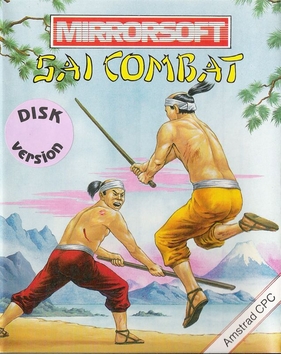
Sai Combat is a 1986 fighting video game published by Mirrorsoft for the ZX Spectrum and Amstrad CPC.
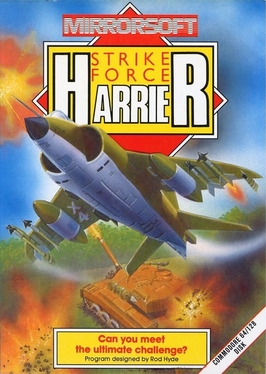
Strike Force Harrier is a 1986 combat flight simulation video game designed by Rod Hyde and published by Mirrorsoft for the 8-bit home computers. 16-bit ports were released later.


















